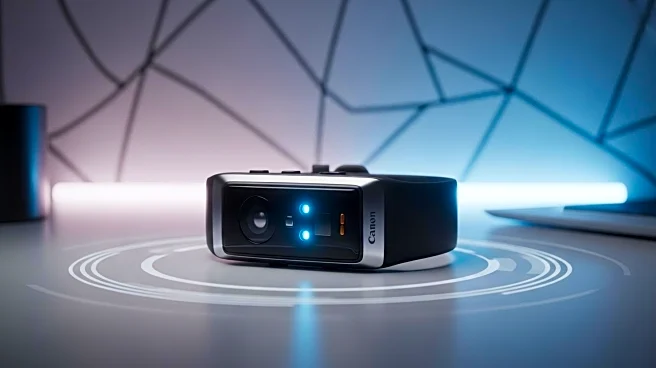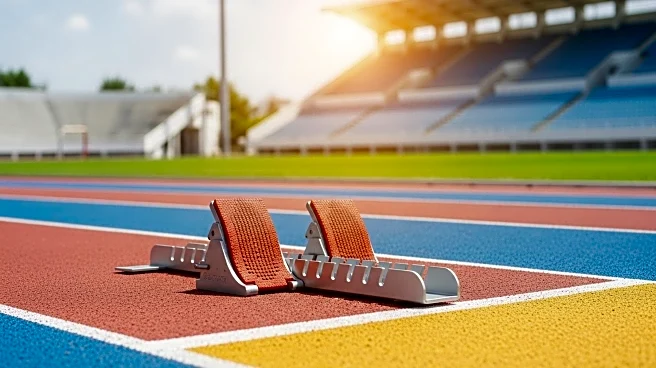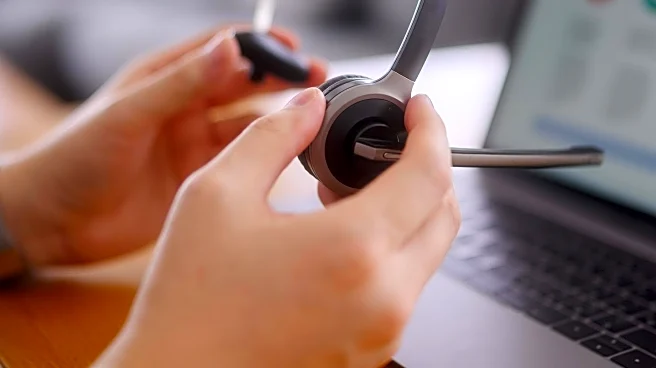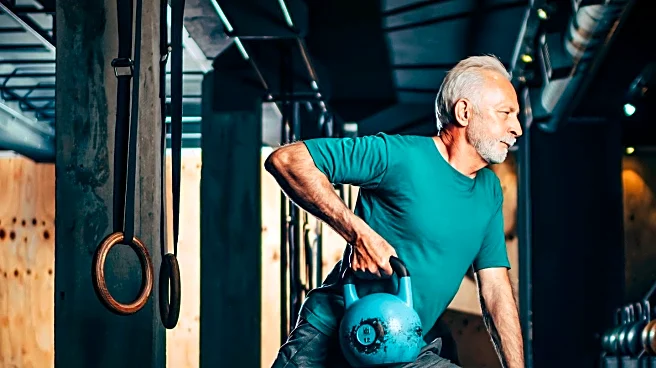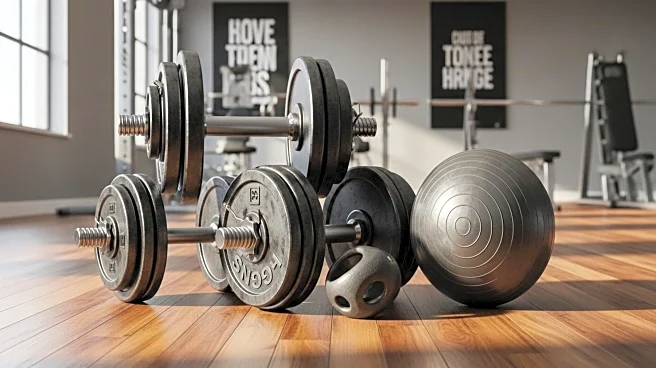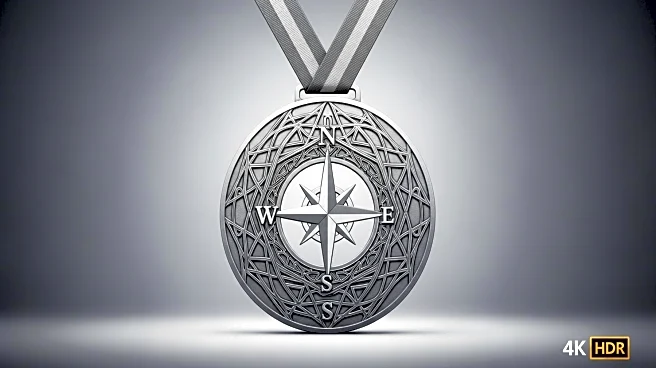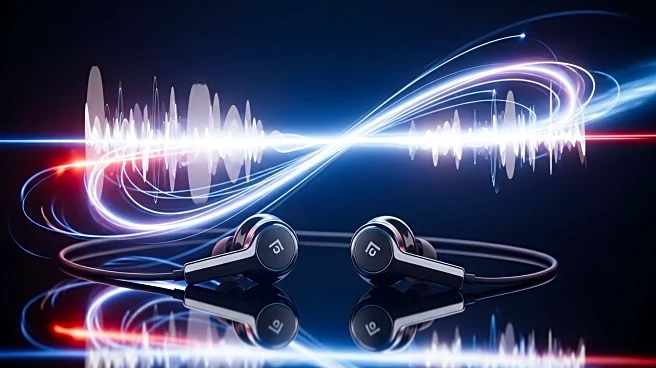What's Happening?
A new development in VO2max testing is providing athletes with a less intimidating way to measure their aerobic capacity. Traditionally, VO2max tests have been associated with discomfort due to the apparatus used, which includes a nose clip and a mask attached to a hose. This setup often causes feelings of claustrophobia, deterring athletes from undergoing the test. However, a new portable device called VO2 Master offers a more comfortable experience with a flexible mask that covers both the nose and mouth, allowing athletes to focus on their performance without the fear of suffocation. This innovation is significant as VO2max is a critical indicator of an athlete's aerobic engine and has been linked to longevity and heart health. The new testing method is gaining attention for its potential to provide more accurate health insights without the associated dread.
Why It's Important?
The advancement in VO2max testing technology is crucial for athletes and health professionals as it provides a more accessible and less stressful way to obtain vital health metrics. VO2max is a key measure of cardiovascular fitness and is used to tailor training programs for athletes, helping them improve their performance. By reducing the discomfort associated with the test, more athletes may be willing to undergo regular assessments, leading to better health monitoring and performance optimization. This development also highlights the importance of technological innovation in health and fitness, offering a pathway to more personalized and effective training regimens.
What's Next?
With the introduction of the VO2 Master device, it is expected that more athletes will adopt regular VO2max testing as part of their training routine. This could lead to broader acceptance and integration of advanced health monitoring technologies in sports. Additionally, the device's design, originally intended for anesthesia, may inspire further innovations in health testing equipment, potentially expanding its use beyond sports to general health assessments. As athletes and coaches become more familiar with the benefits of this technology, it may also influence training strategies and health monitoring practices across various sports disciplines.
